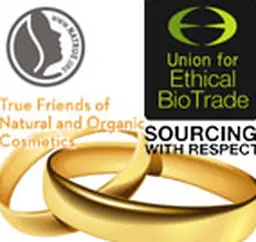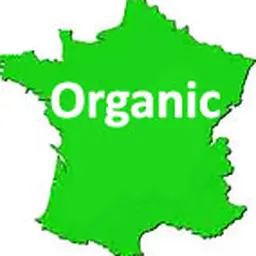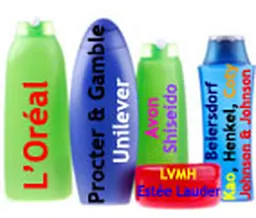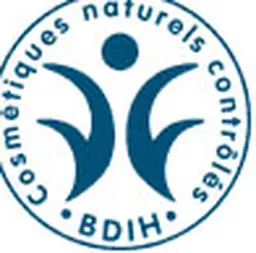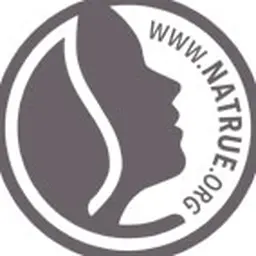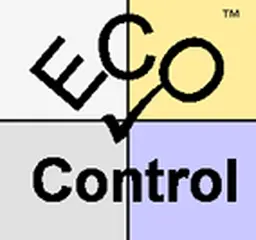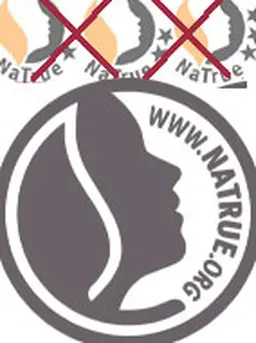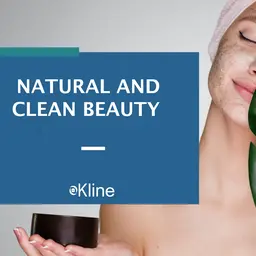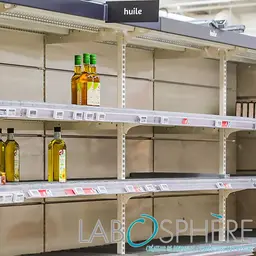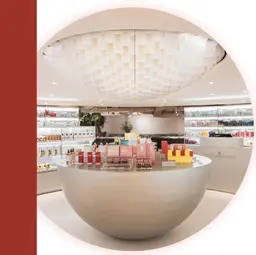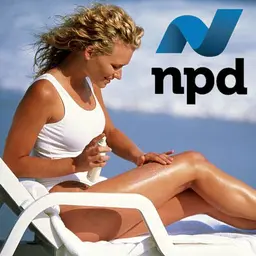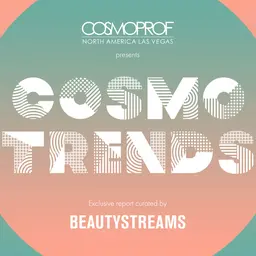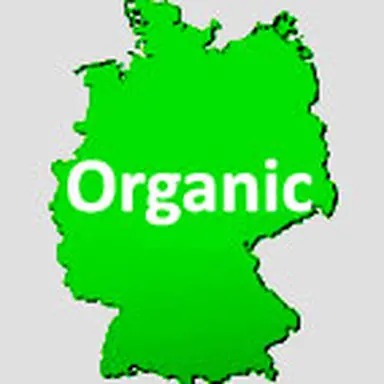
At € 815 millions, Germany is the major market of organic cosmetics in Europe, and is one of the largest ones in the world1. A pioneer in this sector, the “Made in Germany” natural cosmetic industry is still based mainly on its all-time leaders. Who are they? What are their brands? A “corporate panorama", with data on eleven actors.
For several decades, the German organic and natural cosmetics market has grown; the offer has widened, from the first body care products of the 20th century beginning to full-size programmes of make-up.
Along with the anthroposophic movement launched by Rudolph Steiner and the Naturist movement that put Man in the core of Nature, the first brands, Kneipp, Weleda, Heliotrop or Speick, established before the Second World War, set off the trend of natural body care products. Among these pioneers, Weleda, though of Swiss origin, is the most renowned in Germany, followed by a trio: Logona (Logocos), Dr Hauschka (Wala group) and Lavera. It is also the most exported the world over, with the same positioning in all the countries. As Dr Hauschka, Weleda has also a showcase in Paris, with a beauty parlor with its brand.
While the Börling group has been established at the end of the fifties, and while Wala has begun marketing its Dr Hauschka cosmetics in 1967, indeed, the ‘80s and ‘90s came with a bloom of natural brands. Logona, Tautropfen, Martina Gebhardt, Primavera, Lavera, Dado Sens, Santaverde …These years have also been marked by a trend to naturalness and a rise of the environmental ideas. …

